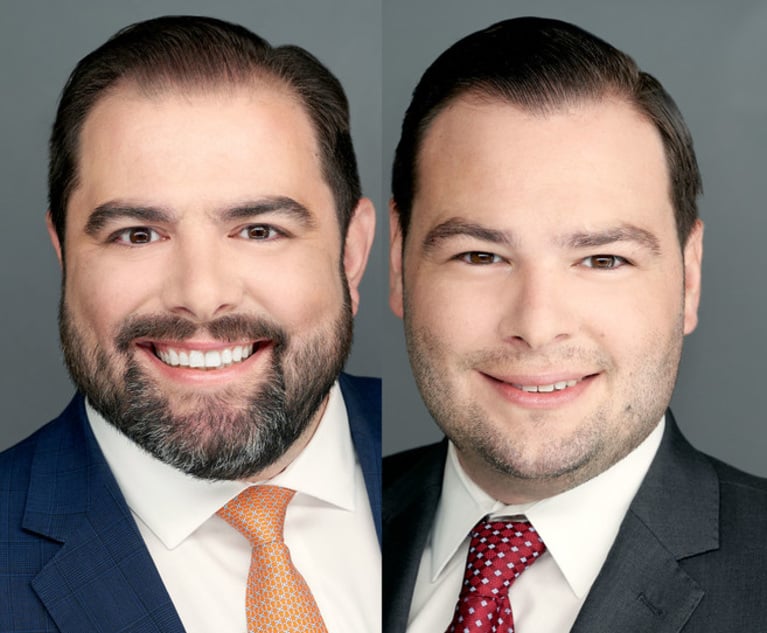A big options-powered trade sold by JPMorgan Chase & Co. for defensive clients is commanding so much attention on Wall Street, some say it may even sow volatility in corners of the U.S. stock market.
Emboldened by this disruptive boom in market hedging, Simplify Asset Management is pitching an easy-to-access ETF that deploys a similar strategy to the JPMorgan whale, while being less exposed to the vagaries of the crowded marketplace for derivatives.
The New York-based firm launched the Simplify Hedged Equity exchange-traded fund (ticker HEQT) earlier this month, designed to protect investors from big market declines while capping their gains.
To do this, HEQT takes a long position in a cheap S&P 500 ETF, and adds on trades known as put-spread collars. The latter combine the buying and selling of options to self-fund the protective investing style.
It may sound niche, but these kind of strategies are luring billions after notching solid gains through the pandemic. With stocks at records and the hedging ability of bonds in doubt, issuers are rushing to offer options-based protection against equity declines.
“There’s a need for lower-risk equity exposure,” Michael Green, chief strategist at Simplify, said by email. “This is one of the mechanisms for accessing that need.”
One of the poster children in this market is the JPMorgan Hedged Equity Fund (JHEQX), which also uses put-spread collars and now manages more than $19 billion. Its size is raising questions about the risk of monster moves in the broader options complex whenever the product refreshes its hedges.
Collars need a regular reset, and once per quarter JHEQX has to roll hundreds of thousands of contracts at a time.
On the day of the last roll in September, a trade involving an initial order of 45,300 put-spread collars is thought to have been executed by managers of the JPMorgan fund, a massive amount for the market to absorb.
“For the last two quarters, volatility Twitter goes ablaze talking about exactly how this trade is going to go off,” said Corey Hoffstein, chief investment officer at asset manager Newfound Research.
A basic collar strategy involves buying a protective put and funding the trade by selling a bullish call. In a put-spread collar, an additional, much more bearish put is also sold.
That helps fund the trade, meaning less cash is needed from the bullish call and it can be sold further out-of-the-money, allowing for greater participation in any upside.
The goal is usually to make such trades “delta neutral,” ensuring the puts and calls effectively cancel each other out and don’t affect the underlying S&P 500 Index. But in certain conditions, such a major transaction can leave options dealers needing to make big adjustments to their own hedging, which they generally do by buying, selling or even shorting S&P 500 futures.
Nomura Holdings Inc.’s Charlie McElligott has been among those alerting investors to potential turbulence, without naming JPMorgan specifically. On the day of the last reset for JHEQX in September, he flagged “potential fireworks inside the equities space” from a huge put-spread collar due to be rolled.
A spokesperson for JPMorgan declined to comment on any potential impact of the fund’s options trading or the outlook for the strategy.
The Wall Street bank’s funds are far from alone in the space, and many other players are likely making big hedging trades at the end of each quarter, contributing to any ructions either in the options market or at the index level.
But thanks to its size, JHEQX is drawing increased attention. And since the timetable for rolling its contracts and details about its hedging strategy are publicly disclosed, there’s an added risk that market pros will front-run the fund, eating into the trade’s potential upside.
“There are funds out there that will try to take advantage of JPMorgan rolling,” Hoffstein said. “That will be to the disadvantage of investors.”
In Feburary, the U.S. bank launched two new products, spreading out the strategy across three funds with staggered reset dates. JEHQX’s younger sibling products, the JPMorgan Hedged Equity 2 Fund (JHQDX) and the JPMorgan Hedged Equity 3 Fund (JHQTX), already have about $3.2 billion and $1.9 billion in assets, respectively.
As a new fund started by a young firm, Simplify’s HEQT is nowhere near big enough to roil the market as it holds just $13.3 million in assets so far. Nonetheless it has chosen an approach that spreads out hedging, diminishing rollover risk, and dodging any waves caused by the likes of JHEQX.
The ETF uses a series of options to create a “ladder” of collars that expire over three sequential months. That diversifies the tenor of the contracts that are rolled over. The fund also executes its reset on a different day of the month to JPMorgan.
HEQT is one of the latest in a stream of new funds bringing increasingly complex strategies to the ETF market since a U.S. rule change in 2019. Some 52 ETFs have launched in the U.S. this year that utilize derivatives, according to data compiled by Bloomberg, on course to be the most in more than a decade.
“These are highly appealing to nervous Boomers who are happy to give up a little upside for less downside,” said Eric Balchunas, senior ETF analyst with Bloomberg Intelligence. “And with the new derivatives rule they are able to get even more creative in how they sculpt returns.”
Simplify and a firm named Overlay Shares have specialized in overlay strategies, where derivatives are added to a long equity component. Innovator ETFs, another issuer, also has a range of buffer products that follow an all-options approach. Late last week it filed for a new fund that would use those other ETFs in its own ladder strategy.
The Horizon Defined Risk Fund (HNDRX) is a mutual fund that also deploys put-spread collars. It has about $268 million in assets for its laddered strategy.
For now, the put-spread collar strategy is still riding high after proving its mettle in the Covid crash. At the height of the selloff last year, JHEQX fell around 16% compared with a 30% drop for the S&P 500 Index.
So despite lower-than-benchmark returns by design, JHEQX has returned 12.8% in 2021 after delivering 14.1% last year, compared with 26.7% and 18.4% for the S&P 500, assets in the main fund have now trebled since the end of 2019 to $19.2 billion.
The product is next due to roll over its hedges at the end of December. Market watchers will once again be on alert for tell tale signs of the trade, and potential consequences.
“Everyone is affected by JPM’s [and other option strategy] footprints,” Green at Simplify said.
Sam Potter reports for Bloomberg News.
NOT FOR REPRINT
© 2024 ALM Global, LLC, All Rights Reserved. Request academic re-use from www.copyright.com. All other uses, submit a request to [email protected]. For more information visit Asset & Logo Licensing.


 Credit: Robson90/Shutterstock.com
Credit: Robson90/Shutterstock.com




